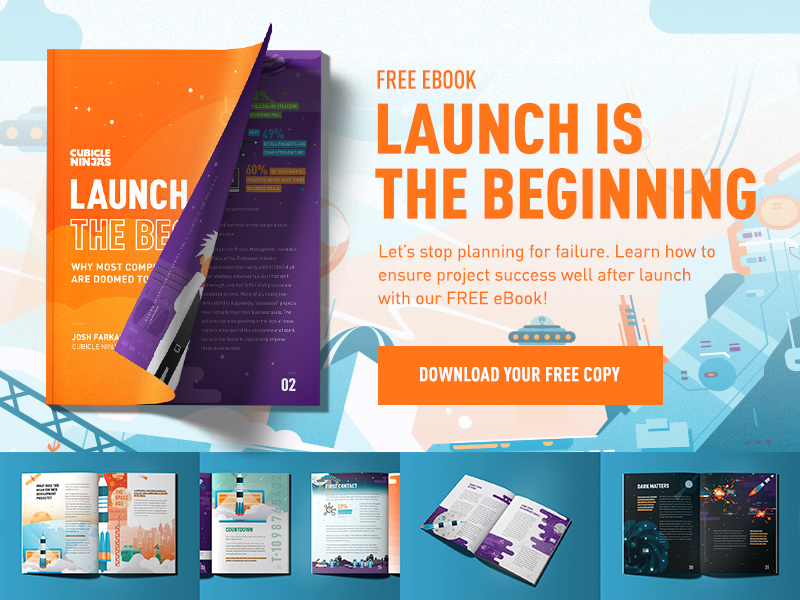
2019 Augmented Reality Trends – Ninjawards
One of the core ninja principles is to always question the status quo.
Each year, Cubicle Ninjas’ reviews the industry’s creative highs and lows to publish a curated list of notable efforts in each specialty. Think of it as a highlights reel of the years’ best and brightest, along with some cautionary tales.
The Ninjawards provides a platform for inspiration, constructive criticism, and ultimately, recognition of bright new areas of design or technology. We hope our thinking unlocks new perspectives about the future of your creative in Augmented Reality!

What is Augmented Reality?
Before we dive into the Rad, Bad, and Next Fad, we want to address the most common question we receive: what is the difference between augmented reality (AR) and virtual reality (VR)? In short, augmented reality places objects in front of you, while virtual reality takes you to other places. Simple!

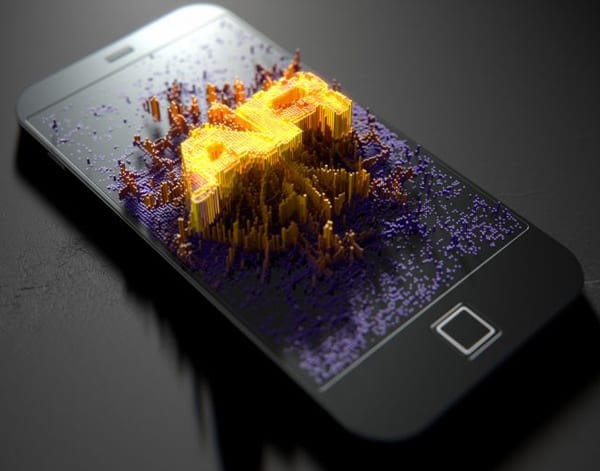
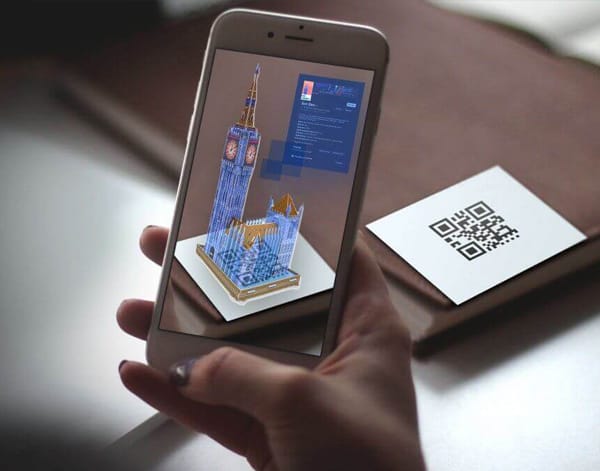
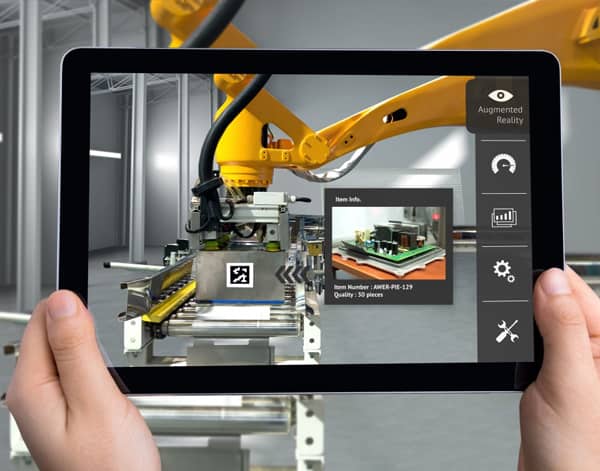
Mobile AR Beats Out AR Headsets
In 2017 we saw the first major augmented reality (AR) development tools built directly into Apple’s iOS and Google’s Android. In 2018, we saw these robust tools translate into real-world apps from startups to global brands. New AR headsets did launch this year for the future focused, but have proven limited in their capabilities, uncomfortable to wear for long periods of time, and too expensive for the average consumer. In contrast, mobile AR is lightweight, convenient, and built right into the newer smartphone models ready for seamless, wide-spread use. While fancy augmented reality (AR) headsets sound alluring, mobile is far more relevant for modern marketers.
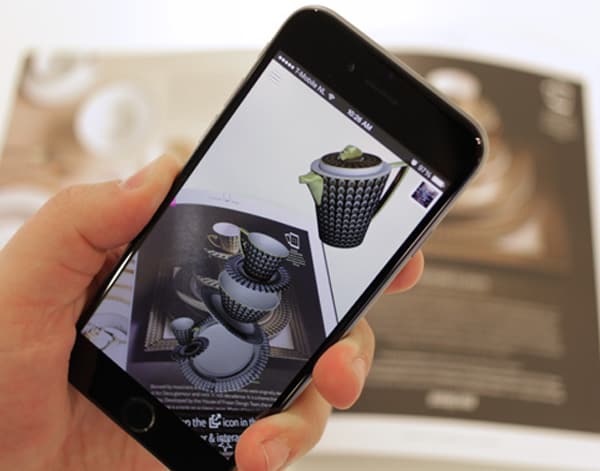
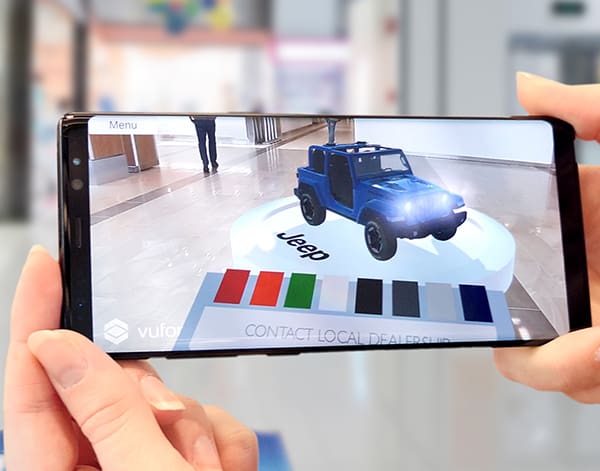

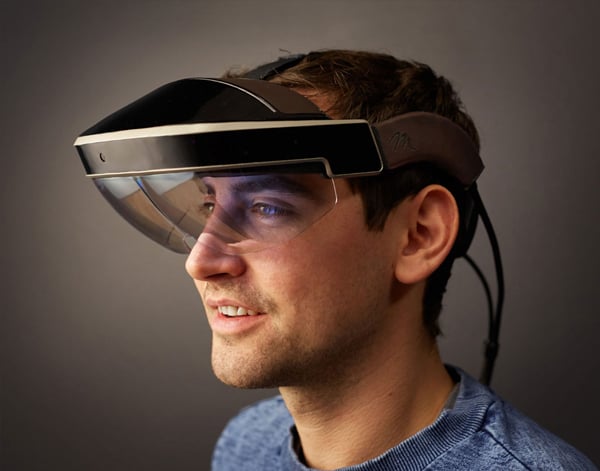
An Increase in Practical, Utility-focused Apps
The potential for augmented reality goes far beyond games, and 2018 proved this with the rise of practical, utility-focused applications. This year, Apple released their new Measure app, which allows the user to turn their smartphone into a tape measure to automatically detect the size and dimensions of real-world objects. IKEA, meanwhile, found success with IKEA Place: a home furnishing app that allows users to preview products in their home through the magic of AR. And Kayak helped travelers identify if their luggage will fit safely into the overhead compartment. While these may sound at first like gimmicks, it is clear that AR-enabled technology is becoming a valuable tool to empower consumers.
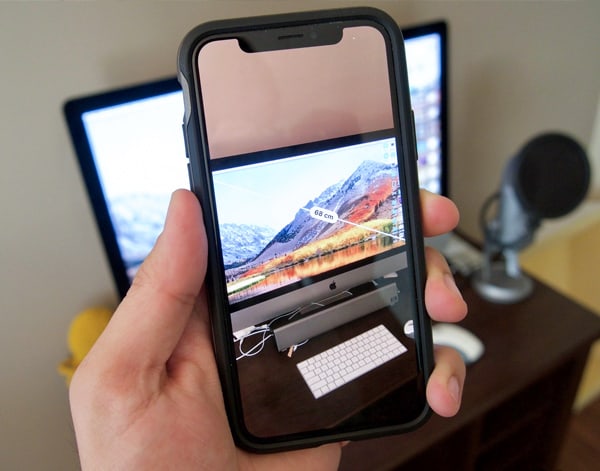


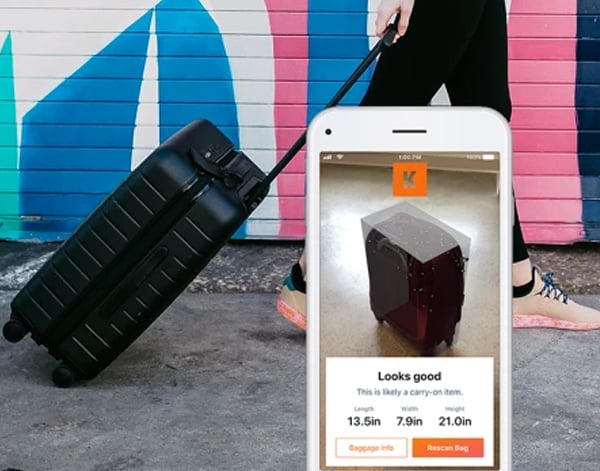
Augmented Commerce
This year, we saw the increased exposure of AR, and consequently, an increase in potential for highly unique uses. Major brands like Wayfair, IKEA, and Amazon all jumped onto the AR bandwagon with “View in Room 3D”, “IKEA Place”, and “Amazon AR View” respectively. These position-based shopping applications allow users to preview modeled products in real-world environments through their smartphone. Just between us, we believe the future of retail and ecommerce is deliciously augmented.
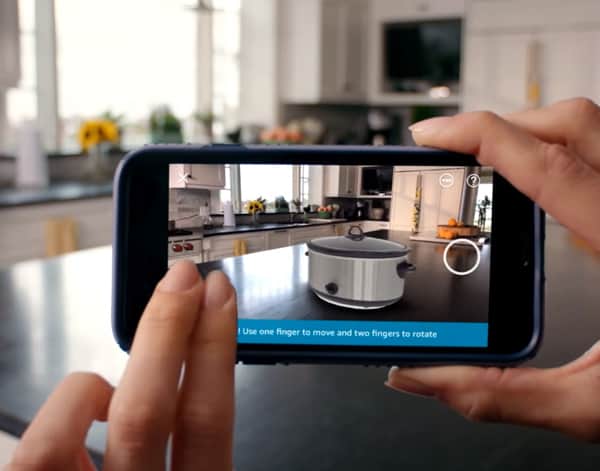
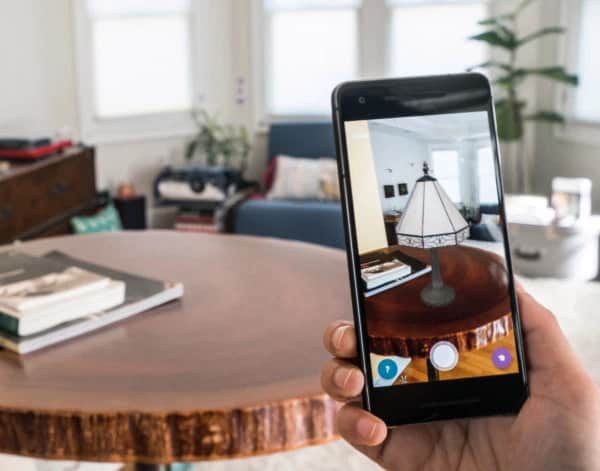
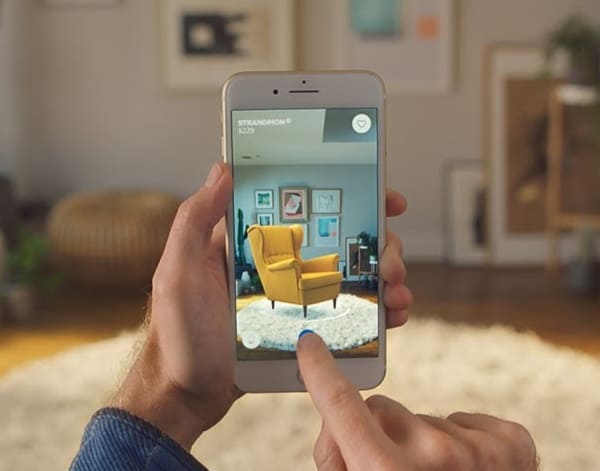
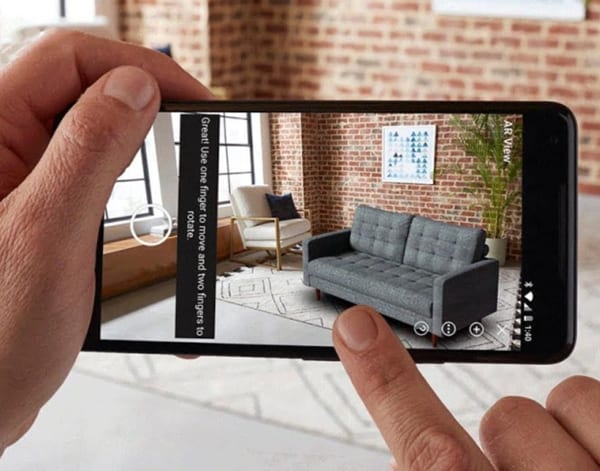
First Real AR Brand Pioneers
Although we’ve seen a lot of success and anticipation surrounding popular AR games like Pokémon GO and Harry Potter: Wizards Unite (now slated for release in 2019), this year was the first time we saw a wave of practical, useful AR apps. IKEA, MTV, the New York Times, Amazon, Converse, Kate Spade, and Wayfair stepping into the AR space, showcasing their thought leadership. We consider these applications and their developers to be the first real AR pioneers, since the potential for augmented reality to improve our daily lives – beyond entertainment – is really where the future of the medium lies.
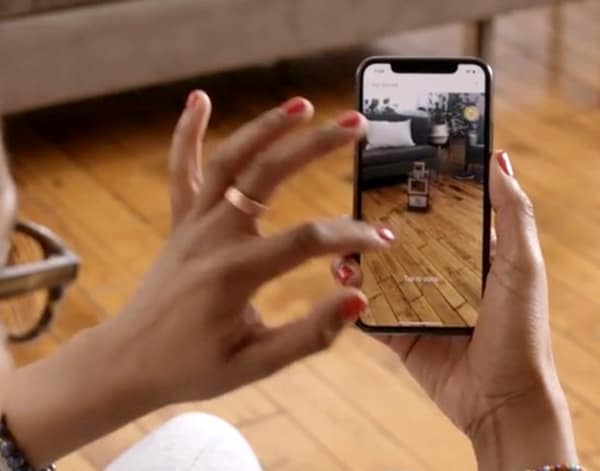
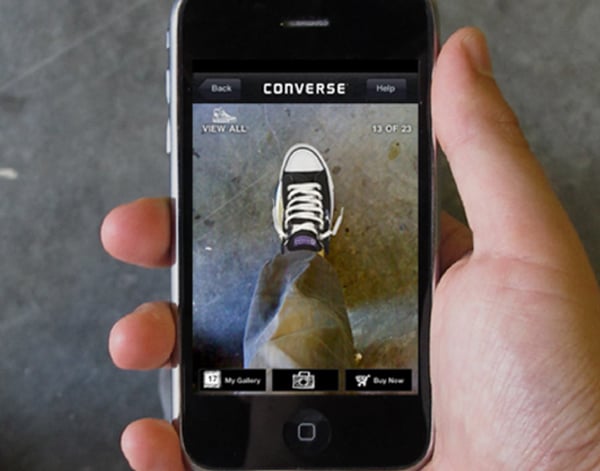
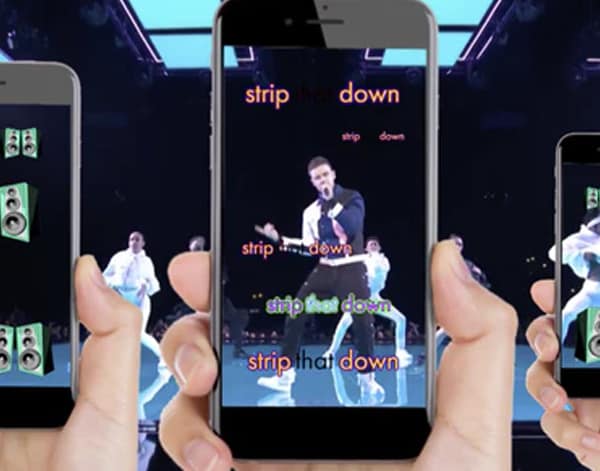

Augmented Creative Campaigns
In 2018 we saw augmented reality leveraged to supplement and elevate traditional creative assets in a wholly unique way. Need to bring a print booklet to life? Or a video that turns into an interactive game? How about a website that shows virtual products on your desk? ARKit and ARCore make that easy with built-in image recognition. This is ideal for those looking to explore AR, without abandoning what they know works well.
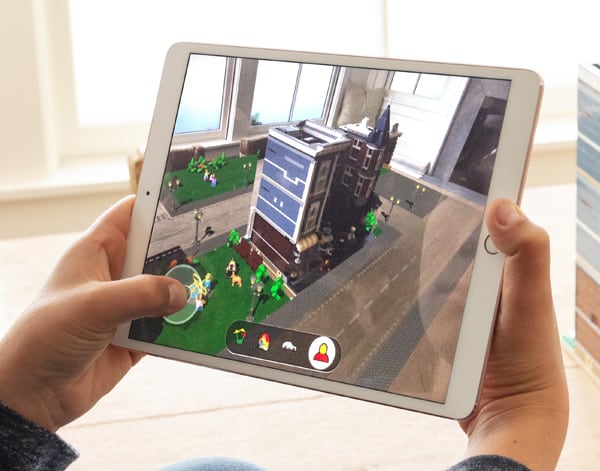
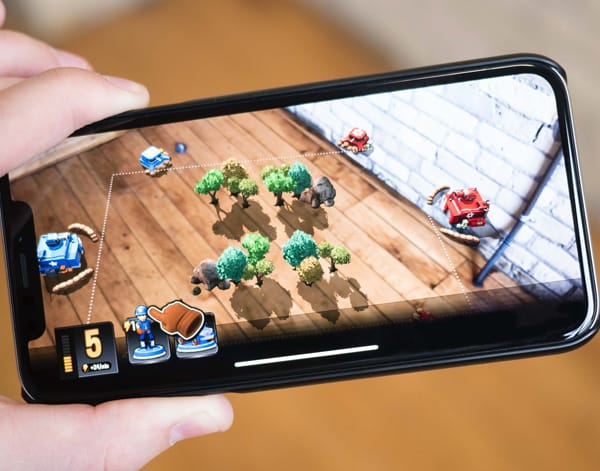
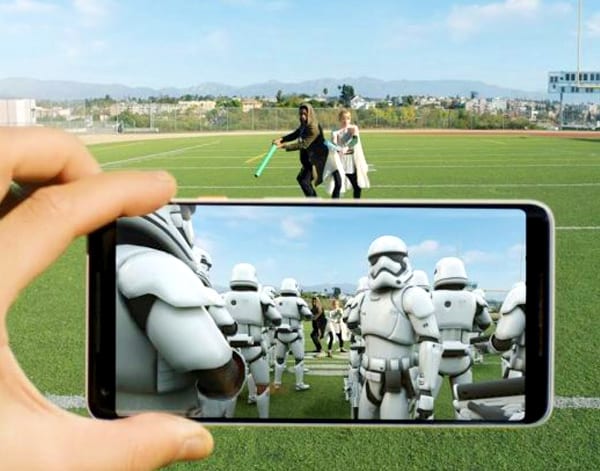

Social AR
In 2018, we saw the social AR movement gain momentum – and we’re excited about it! Just like tech media that came before it, augmented reality has finally tapped into the realm of social interaction as a way to craft connections and improve experiences. After all, what’s more fun than transforming your table into a theme park? Having your friends there. Social AR unlocks the power of play, allowing a group of people to see the same end result.


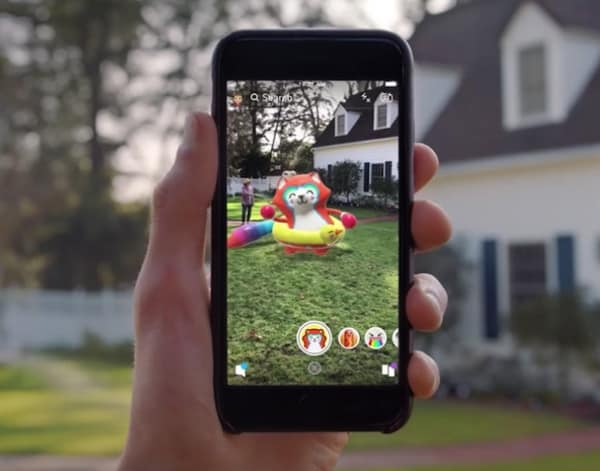

Affordable Cost
Unlike creating a virtual reality application, which can be an extremely expensive, complex, and time-consuming endeavor, building an AR app is surprisingly affordable. And 3x as profitable as VR, according to numbers released by Digi-Capital. With a lower overall cost and a higher revenue potential, augmented reality is a no brainer for those looking to create an immersive experience that stands out from the crowd.
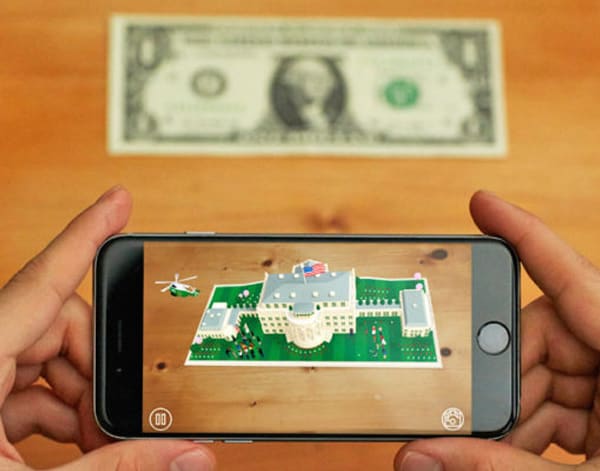

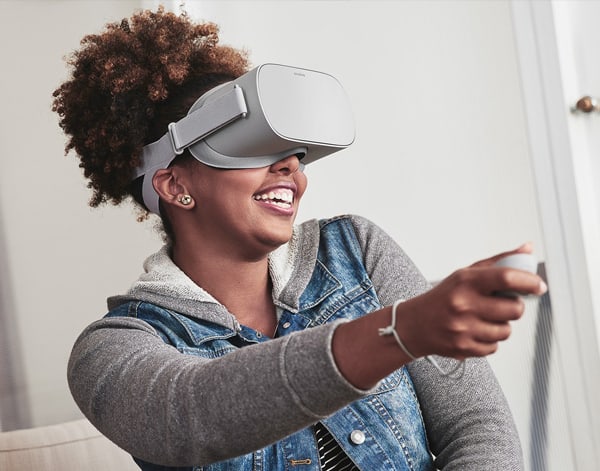
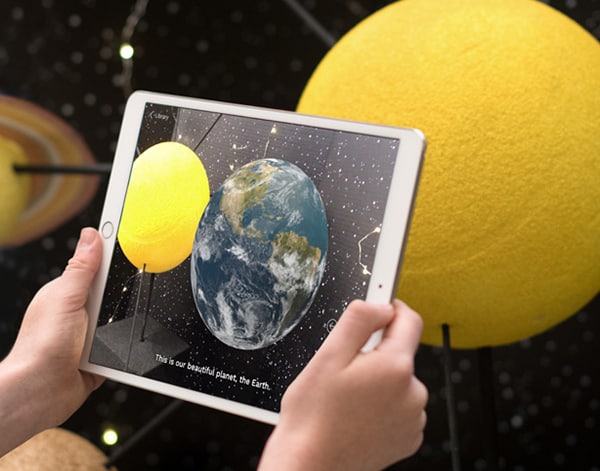
AR Workbook
In 2018, we refreshed and refurbished our AR Workbook, a comprehensive questionnaire designed to identify our clients’ vision and goals for their future augmented reality application. At Cubicle Ninjas, we believe that understanding our clients’ unique goals, audience, and experience vision helps us provide the most helpful creative and technical recommendations throughout the process for a more successful end product. Best of all, our AR Workbook is 100% free and available now.

Hesitant Early Adoption
The adoption rate of augmented reality apps didn’t start off with a bang. In the iOS App Store, for example, only 13 million of the 28 billion application downloads in 2017 were ARKit apps. That’s less than 0.0005%. As 2018 comes to a close we’re hopeful that this year’s numbers paint a brighter picture, reflective of major brands debuting fresh concepts and the leading mobile platforms promoting this software at the OS level. As the technology continues to evolve, we expect consumers to become more aware of augmented reality as well as more receptive to its massive potential.

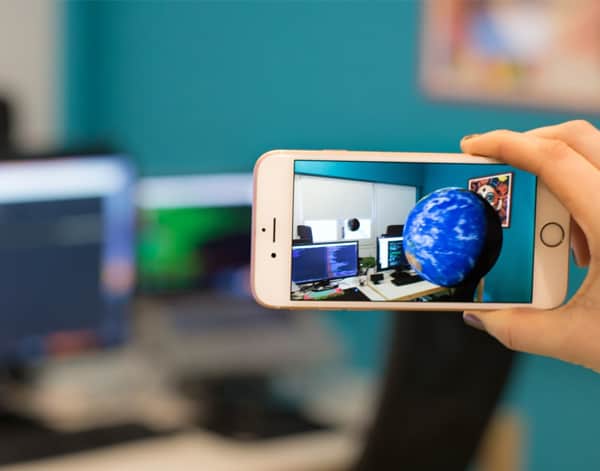

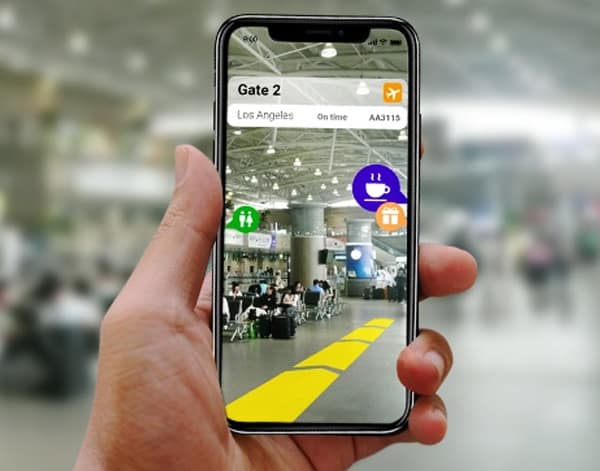
The Gartner Hype Cycle
Augmented reality has officially fallen victim to the Gartner Hype Cycle in 2018. What exactly is the Gartner Hype Cycle? This is a methodology developed by Gartner to explain and visually graph the pattern of “how a technology or application will evolve over time.” In this instance, the dreams and expectations for AR were much higher than the current reality of the technology, leading to disappointment and disillusionment. However, as the utility continues to be unlocked, we expect an upswing in the AR industry overall. Are we in the ‘Peak of Inflated Expectations’ or the ‘Plateau of Productivity’? Even the experts are unsure.
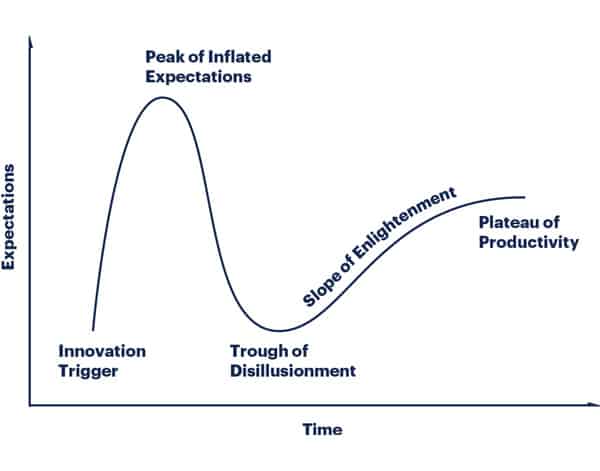
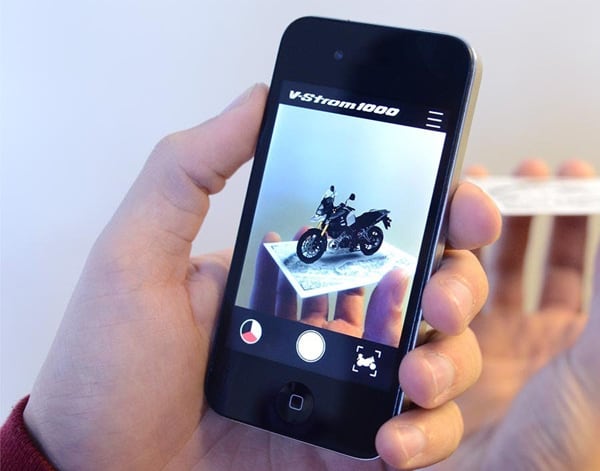


Standalone AR Headsets
Unfortunately, the quest for the perfect AR headset continues. In 2018, we saw the Meta 2 and the Magic Leap continue to fall short of admittedly high expectations, joining the esteemed company of the Google Glass and Microsoft’s HoloLens. The problem lies with the high cost of making powerful computers small enough, light enough, and with long enough batteries without costing a fortune. As compared to the ease of mobile, AR headsets thus far have proven to be bulky and uncomfortable. Like all technology, these problems will fade with time, but with mobile’s many advantages it remains to be seen when the cost will be worth the added benefits.
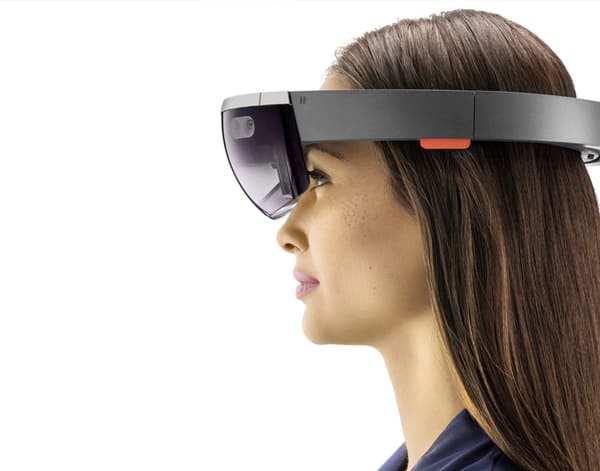
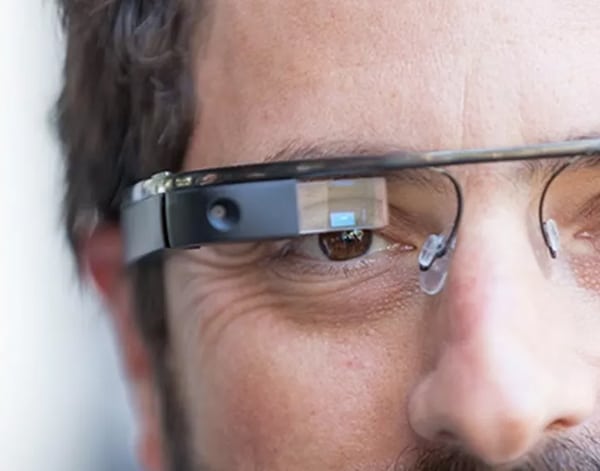
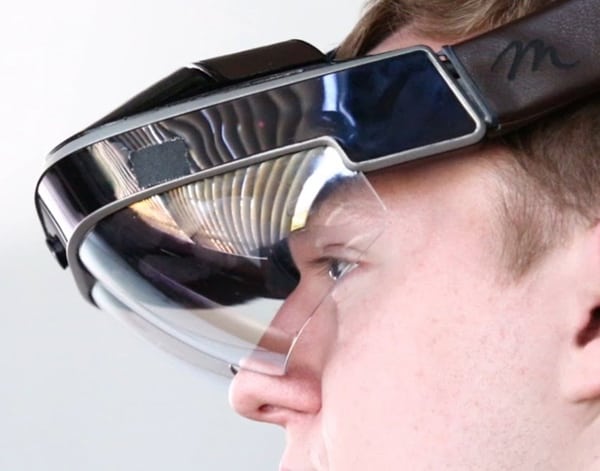
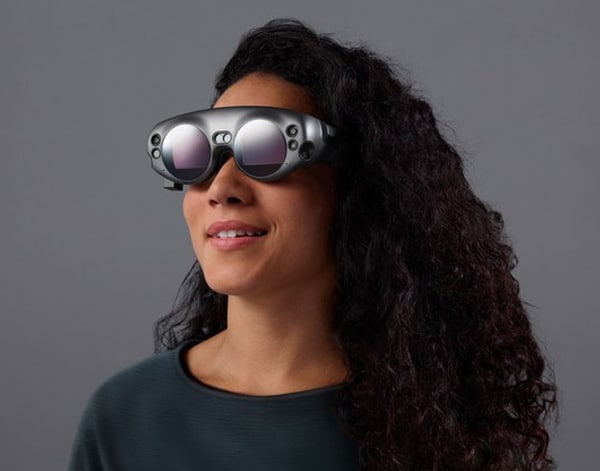

Extended Reality (XR)
With the continued expansion of VR and AR industries, a new term will come to the forefront for mainstream adopters in 2019: XR. Cross reality or extended reality is a phrase acts as an umbrella term that encompasses “all real-and-virtual combined environments and human-machine interactions generated by computer technology and wearables.” In this ecosystem, VR, AR, and MR all exist within the XR definition. We think Apple’s adoption of the iPhone Xr and Xs naming is nudge needed to start acknowledging this as a fresh way to say explorations in this space.
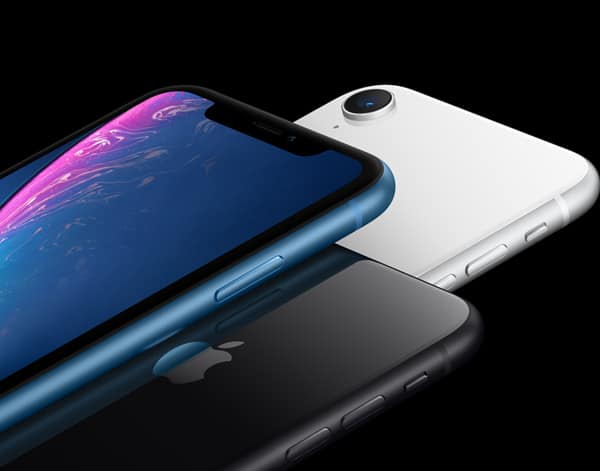

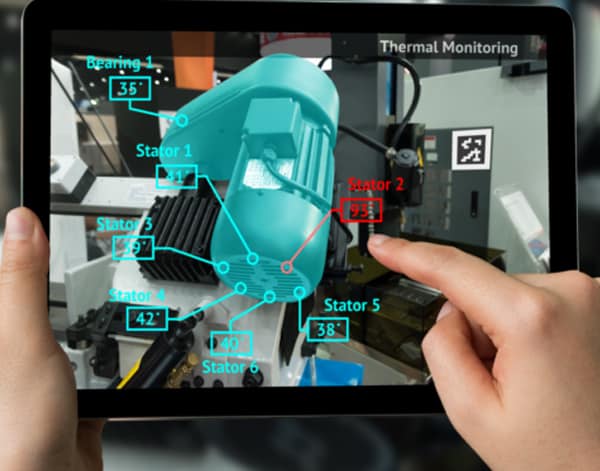
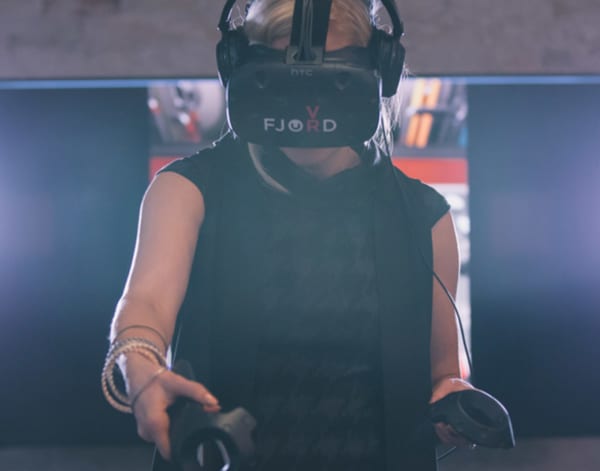
Increased Awareness of Legal Liability
Augmented reality is quickly on its way to becoming a mainstream technology. With that exposure, however, comes an increase in legal implications – and in 2019, major brands will begin to take notice. For AR applications specifically, the issue of privacy and security is huge as it relates to the tracking of user/device movements, facial tracking, environment information, image recognition, location, as well as the collection and protection of that data.
We love biometrics and have been very vocal about their ability to build more intimate technology. But even a hardened optimist can’t help but fear for this data without logical restrictions. The legal system is often behind technology advancements, but we foresee these issues playing a larger role in the conversation very soon.
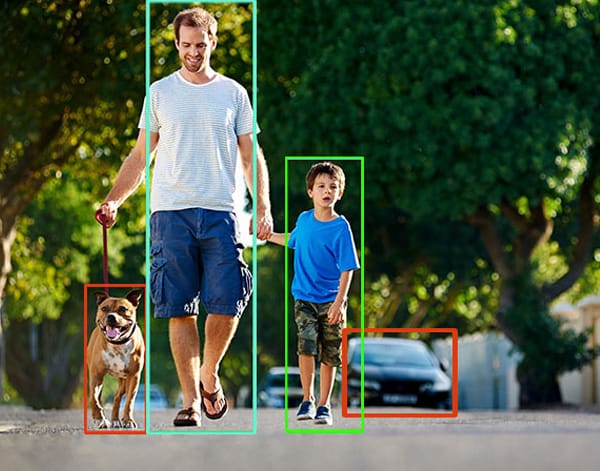
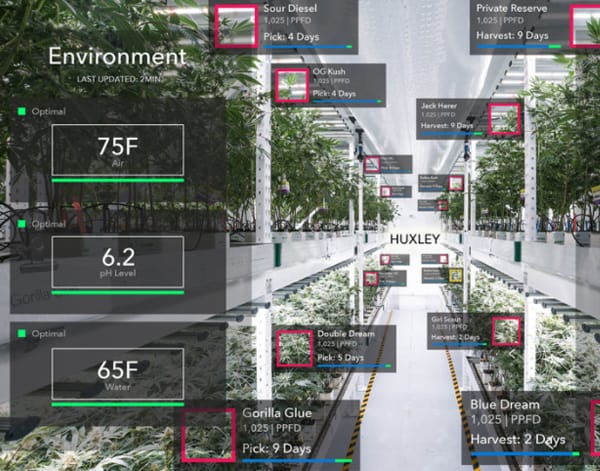

Launch is the Beginning
Cubicle Ninjas is celebrating our tenth birthday this year. With thousands of design and development projects under our belt from some of the world’s greatest brands, we’ve noticed a clear trend: successful teams see the world differently. Project launch isn’t a finish line, it’s just the beginning. Companies that think this way see exponentially greater and more frequent success in every project they touch. As part of our mission to stop bad design, we wrote a book about this revelation. To learn how to implement long-term design thinking in your organization, download our 100% free eBook, “Launch is the Beginning”.















